Make the perfect homemade cake
Baking at home is easier than one might think. Elisabeth Luard shares the joy of making cakes at home and a double chocolate cake recipe.
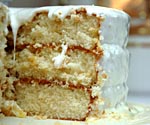

There is genuine happiness in homemade cake at teatime. Shop-bought cake is all very well for pudding, but homecake cake is right and proper for tea. It's not the scent and sight of it that brings such joy, or even its flavour, although sweetness speaks comfortingly to all of us light-starved northern-hemisphere dwellers at this time of year, being a reminder of summer, a little taste of sunshine in the dark days of winter. No, with cakes, it's not the destination that counts so much as the journey.
Anyone can bake a cake and enjoy it-all you need is sugar, eggs, flour, butter, a little time and a modicum of patience. Cakes don't like to be hurried, which is just as well, as it's the process itself-beating, folding, mixing, tipping, spreading, waiting-that brings the warm glow of a job well done, making it all worthwhile. And if the end result isn't quite perfect-well, who needs perfection anyway? It's the thought that counts.
Children love to bake, and the art of cake-making is often passed from grandparent to grandchild. As a granny myself, I know that egg-cracking and flour-sieving is the best kind of fun a small person can have, particularly when they're allowed to lick the bowl. As an activity, it's not exclusive-indeed, it's quite the opposite. Passive participants (siblings, guests, associated adults) can be invited to discuss the desirability of the end result. Is the flavouring to be vanilla, chocolate or coffee? Should the filling be buttery, fudgy, creamy or jammy, or should there be no filling at all?
Cakes are made for sharing, and there's the fun of them. Even those who declare they never touch sweet things change their minds after just one sniff of a freshly baked cake. All but the most strong-minded will accept (if you really insist) the smallest sliver of lemon-drizzle, a finger's width of coffee-and-walnut, the thinnest slice of orange-and-almond. There are family cakes and visitors' cakes, plain cakes for children and fancy cakes for celebrating.
There are purpose-built cakes for weddings, birthdays, christenings, even funerals-and all of them meant for sharing. But the naughtiest cakes are the blowsy, cream-stuffed fancies that need no portioning-éclairs, choux buns and all those sugary nuggets not meant for sharing at all, guilty little secrets that can be eaten in just one bite.
Teatime is a relatively recent addition to our national timetable. The Victorians invented it, the Edwardians perfected it and not even the shortages of wartime could put a stop to it. Although the farmhouse tea and its urban equivalent have developed over time into a substantial affair taken at the end of the workday, teatime in its original form was a dainty business for ladies, providing an opportunity to give the best china an airing.
A decade or so ago, Monica Rawlins, my predecessor in the remote Welsh farmhouse where I now live, explained the rituals of teatime in Syston Park near Bath, the smart Edwardian household of her childhood. For a young woman in the 1920s, the correct conduct of the occasion was, she said, quite as important as the choice of refreshment. As Monica's father was a widower, it fell to his daughter to preside over the teapot, a task that could only be performed by the senior lady of the household-and woe betide the guest who usurped her position.
Sign up for the Country Life Newsletter
Exquisite houses, the beauty of Nature, and how to get the most from your life, straight to your inbox.
At Syston, as elsewhere at the time, tea was taken in the drawing room, with a three-layered cake stand dominating the table. On the lowest layer was thin-cut bread and butter, supplemented in winter with a dish of crumpets or muffins. The next layer held neat little piles of triangular sandwiches, crustless, with fillings of tomato or cucumber from the greenhouse, potted home-cured ham or Gentleman's Relish.
On the top tier, magnificent in its sugary splendour, the cake reigned supreme. On days when no visitors were expected, it would be cherry cake, seed cake or a Victoria sponge. But if guests were present, a choice of two or even three cakes was possible, one of which was iced, and of which the most eagerly hoped-for was chocolate. It was, said Monica, the best and happiest meal of the day.
Double-chocolate layer cake recipe (serves 6-8) For a layer cake with a rich cream filling like Monica's childhood favourite, choose a light, butterless sponge flavoured with cocoa and keep the slab-chocolate to flavour and set the filling.
Ingredients 6 large eggs, separated 175g caster sugar 1 teaspoon vanilla essence 175g plain flour 6 rounded tablespoons cocoa powder 1 level tablespoon instant coffee To finish 250ml double cream 225g high-quality dark chocolate, broken 2 egg whites 50g caster sugar 1 tablespoon cocoa powder 2 tablespoons apricot or raspberry jam Extra square of chocolate for finishing
Method Preheat the oven to 350˚F/180˚C/gas mark 4
Line a round cake tin, 9in diameter, with buttered greaseproof paper. Whisk the eggs together until light and fluffy, then whisk in the sugar spoonful by spoonful until the mixture is very light and pale and holds the trail of the whisk. Whisk in the vanilla essence.
Sieve the flour with the cocoa and coffee and fold with a metal spoon into the whisked egg mix. Don't be too gentle, as the dry and wet elements should be well mixed. Spoon the mixture into the prepared cake tin. Bake for 30-35 minutes, until well-risen and shrunk away from the sides. Leave for five minutes to loosen the crumb, run a knife round the perimeter and tip out onto a cake rack to cool.
Meanwhile, make the filling. In a small pan, bring the cream gently to the boil, remove from the heat and add the chocolate pieces, stirring until completely melted. Leave to cool while you beat the egg whites until they hold their shape on the beater, then whisk in the sugar to make a stiff meringue. As soon as the cream has cooled, fold in the meringue, turning it so no white patches remain.
To assemble the cake, slice horizontally twice to give you three equal layers and place the top layer upside down on a plate. Dissolve the cocoa powder in 250ml warm water and brush a little over the crumb.
Spread with a third of the chocolate cream. Repeat with the next layer. Brush the top with a little melted jam and top with the remaining chocolate cream. Finish with little curls of grated dark chocolate.
Country Life is unlike any other magazine: the only glossy weekly on the newsstand and the only magazine that has been guest-edited by HRH The King not once, but twice. It is a celebration of modern rural life and all its diverse joys and pleasures — that was first published in Queen Victoria's Diamond Jubilee year. Our eclectic mixture of witty and informative content — from the most up-to-date property news and commentary and a coveted glimpse inside some of the UK's best houses and gardens, to gardening, the arts and interior design, written by experts in their field — still cannot be found in print or online, anywhere else.
-
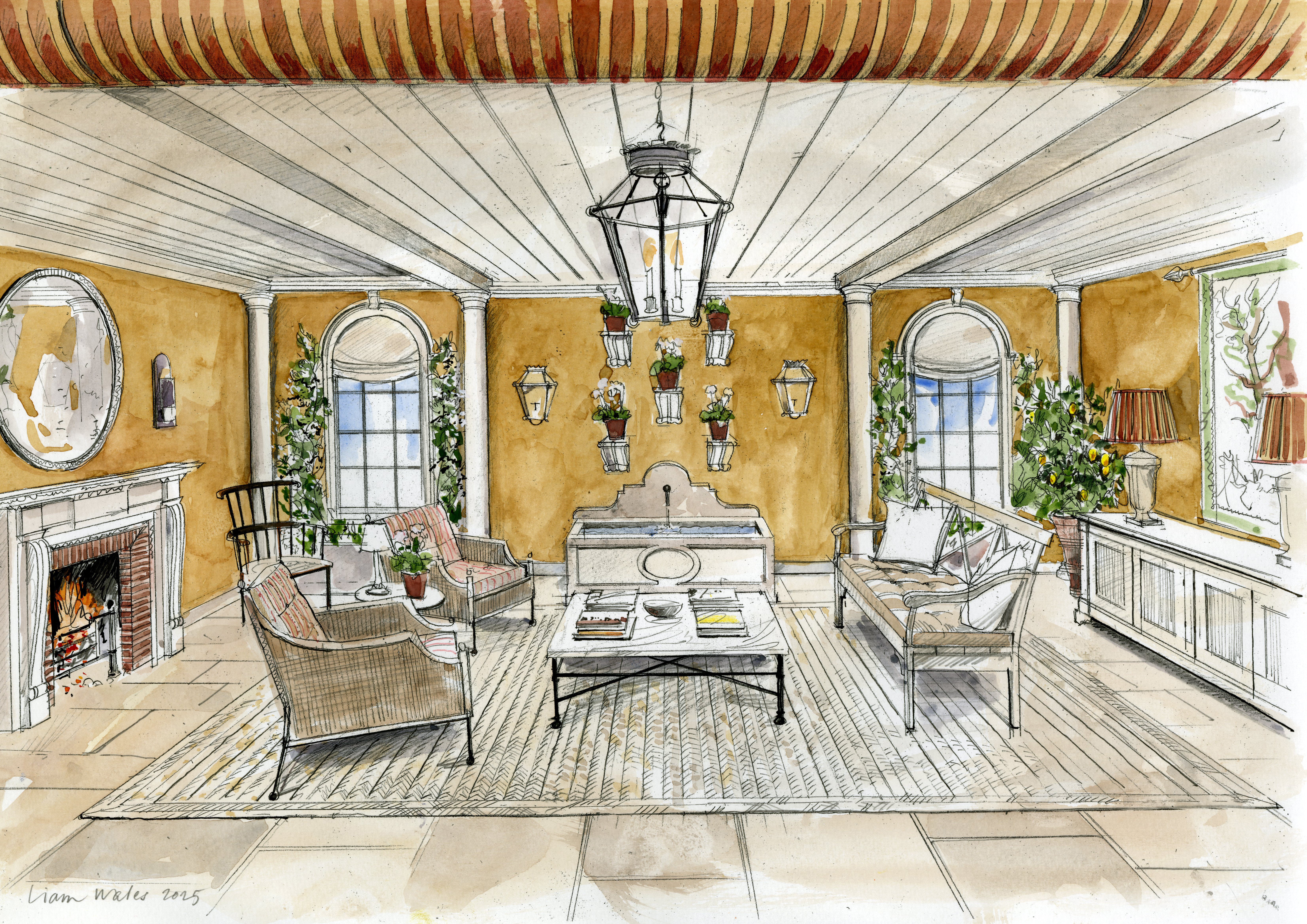 The big reveal: A first look at Country Life's RHS Chelsea Flower Show stand
The big reveal: A first look at Country Life's RHS Chelsea Flower Show standInterior designer Isabella Worsley reveals her plans for Country Life’s ‘outdoor drawing room’ at this year’s RHS Chelsea Flower Show.
By Country Life
-
 Schreiber House, 'the most significant London townhouse of the second half of the 20th century', is up for sale
Schreiber House, 'the most significant London townhouse of the second half of the 20th century', is up for saleThe five-bedroom Modernist masterpiece sits on the edge of Hampstead Heath.
By Lotte Brundle
-
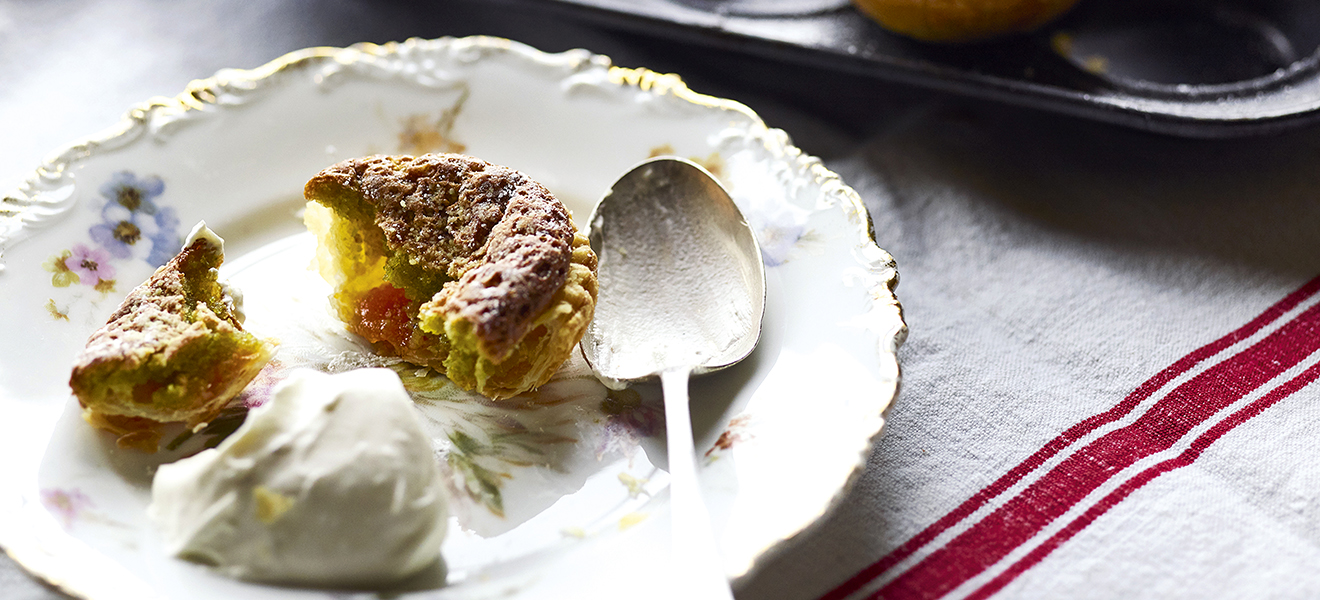 Summer pudding recipe: buttery pistachio tarts
Summer pudding recipe: buttery pistachio tartsThe very best pistachios might be costly, but they make a suitably sumptuous pudding.
By Simon Hopkinson
-
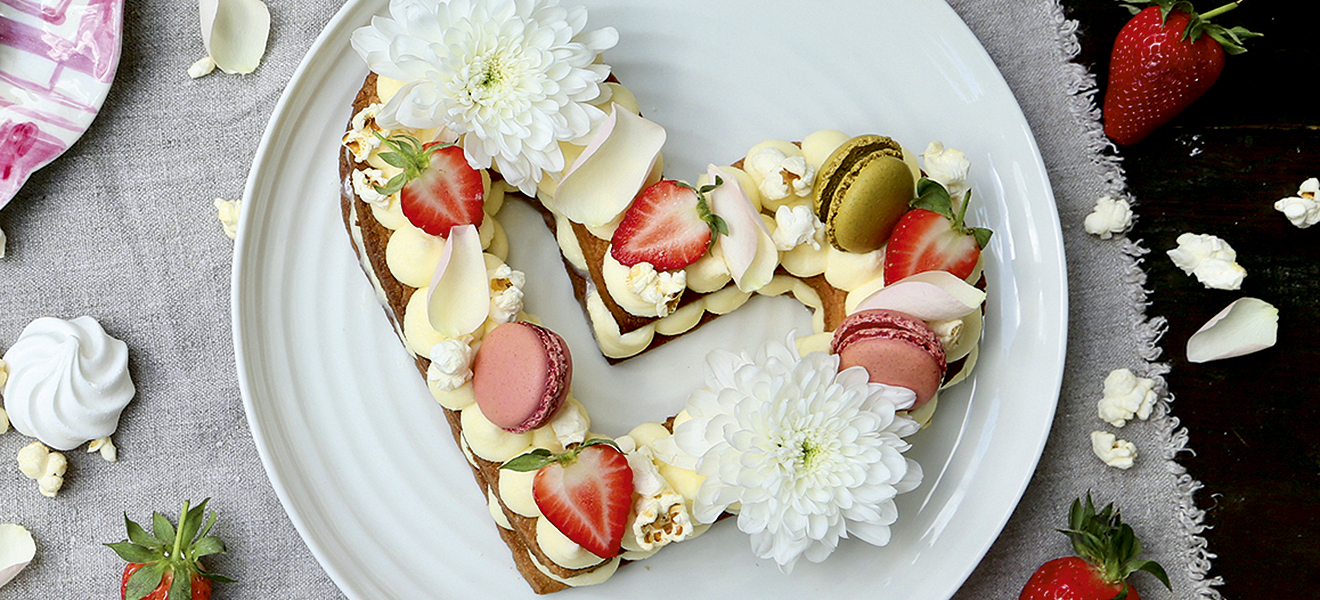 Recipe: Floral strawberry shortcake perfect for summer
Recipe: Floral strawberry shortcake perfect for summerNothing represents our glorious British summer quite like sweet and juicy strawberries.
By Melanie Johnson
-
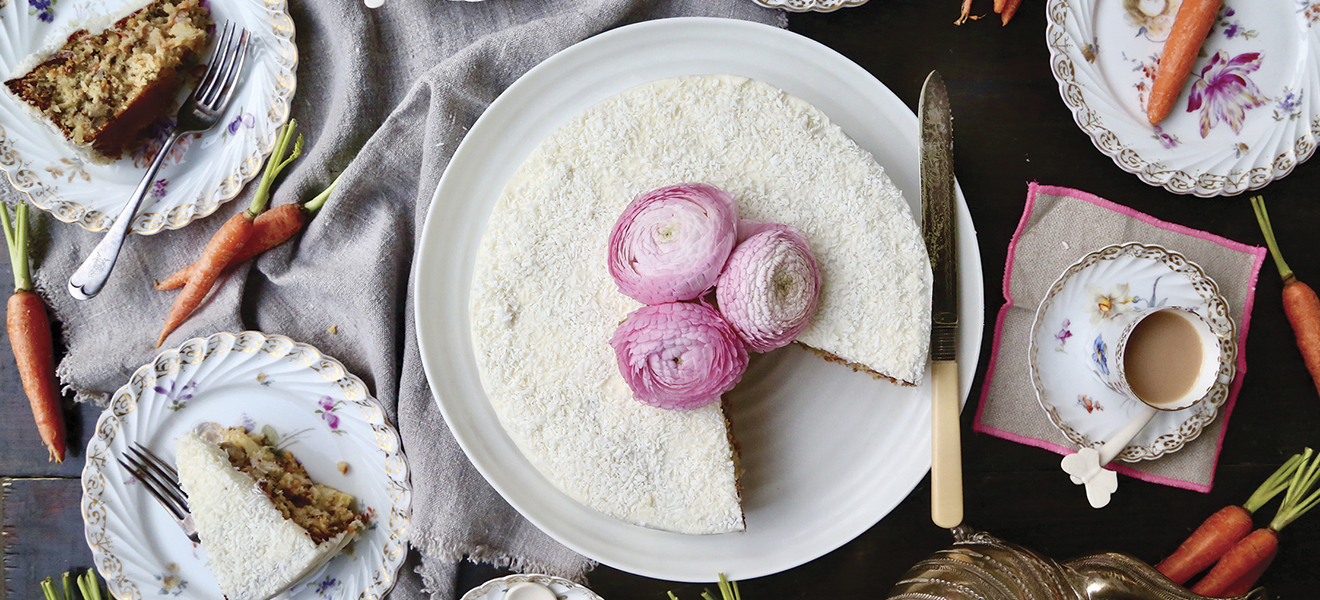 How to make hummingbird carrot cake, an traditional favourite with a twist
How to make hummingbird carrot cake, an traditional favourite with a twistCarrot cake, with a tropical twist from out kitchen garden cook.
By Melanie Johnson
-
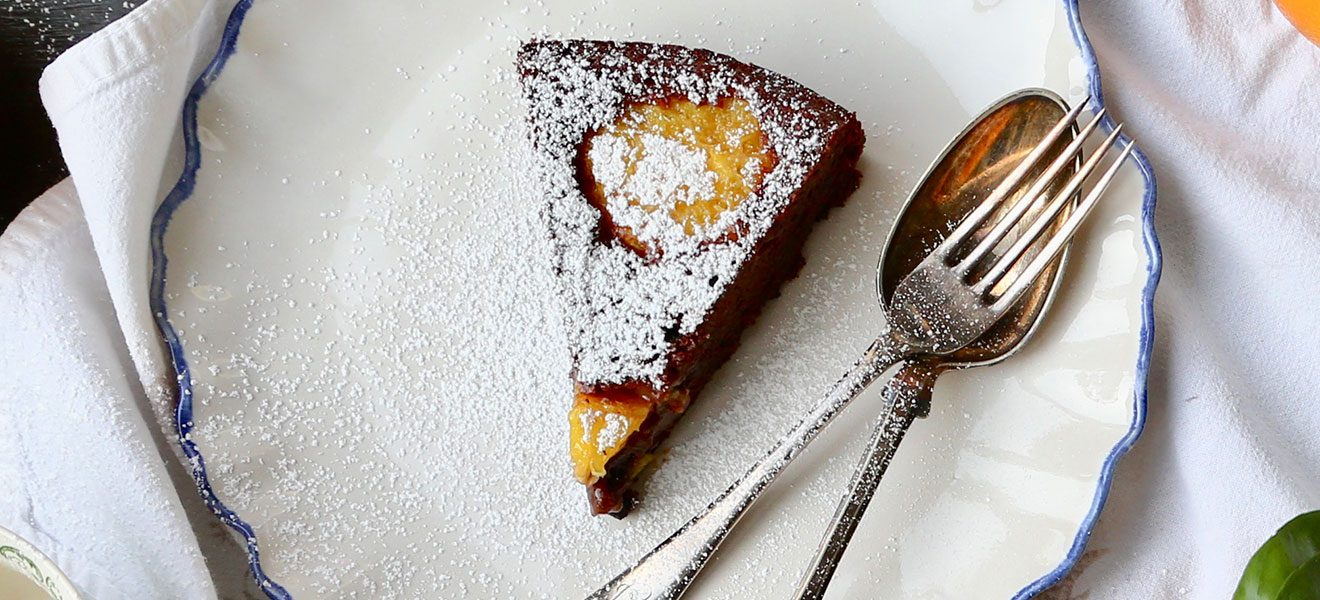 How to make chocolate-and-orange upside-down tea cake, with orange whipped cream
How to make chocolate-and-orange upside-down tea cake, with orange whipped creamSo much more than marmalade – our kitchen garden cook Melanie Johnson finds delicious things to do with oranges.
By Melanie Johnson
-
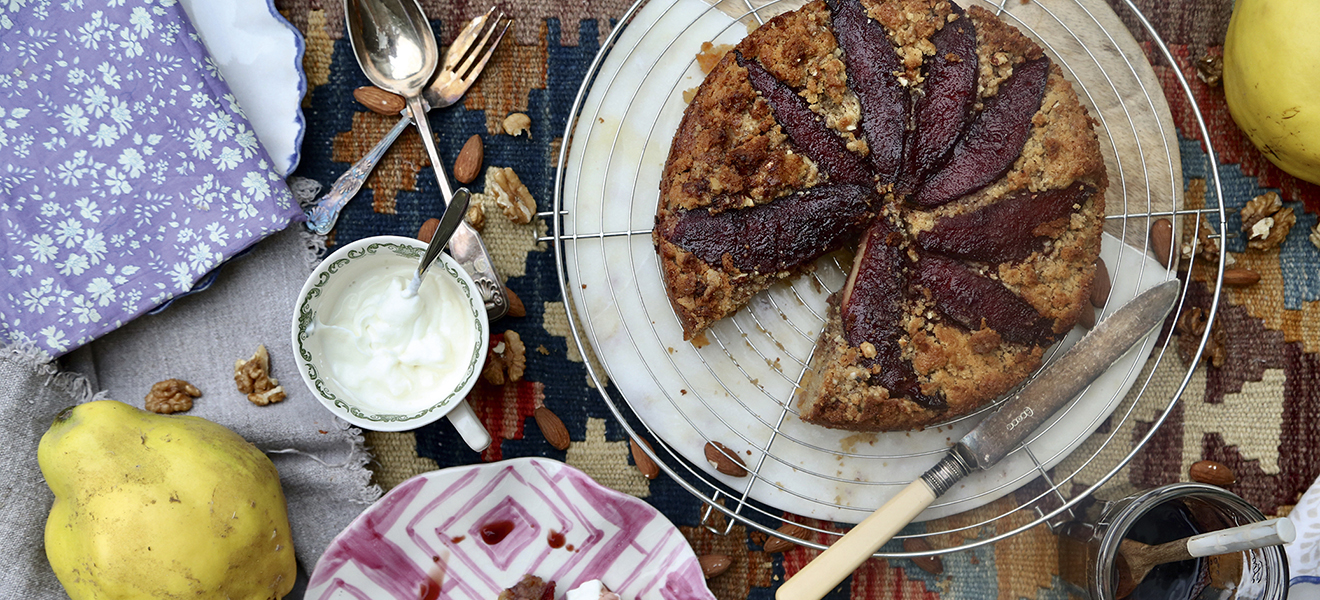 How to make quince-and-walnut crumble cake
How to make quince-and-walnut crumble cakeOur kitchen garden cook bakes quince-and-walnut crumble cake, a delicious autumnal pudding which will satisfy seasonal glut.
By Melanie Johnson
-
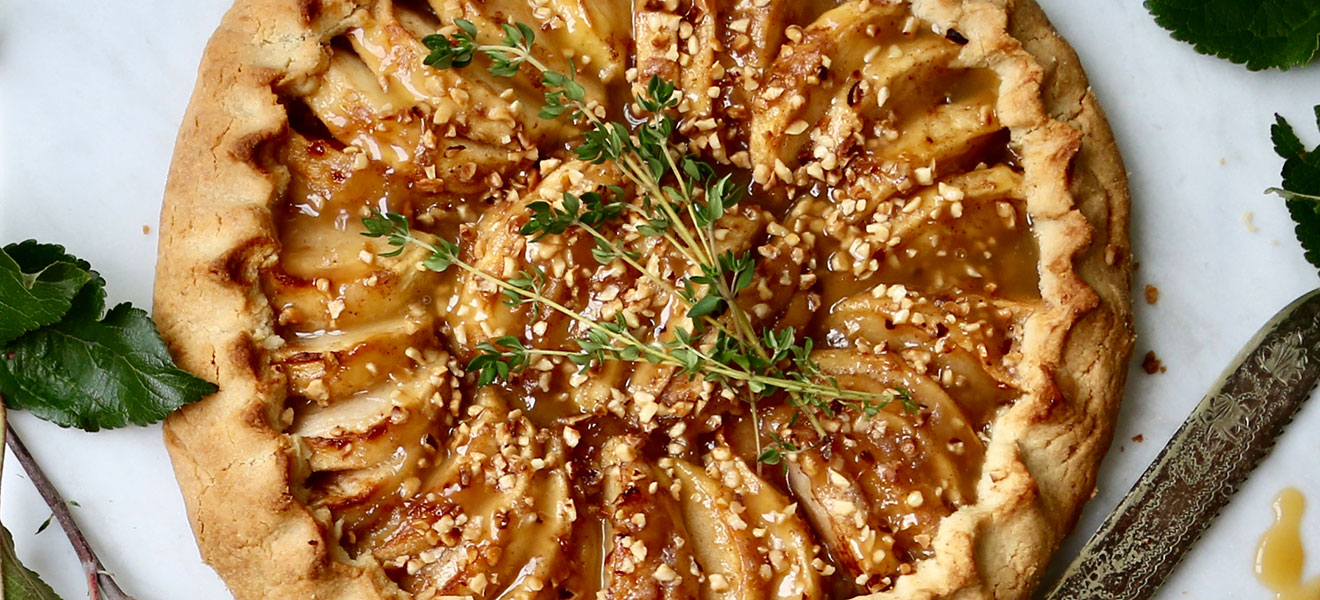 How to make salted-caramel, apple and roasted-hazelnut galette
How to make salted-caramel, apple and roasted-hazelnut galetteA fail-safe French pudding recipe from our kitchen garden cook.
By Melanie Johnson
-
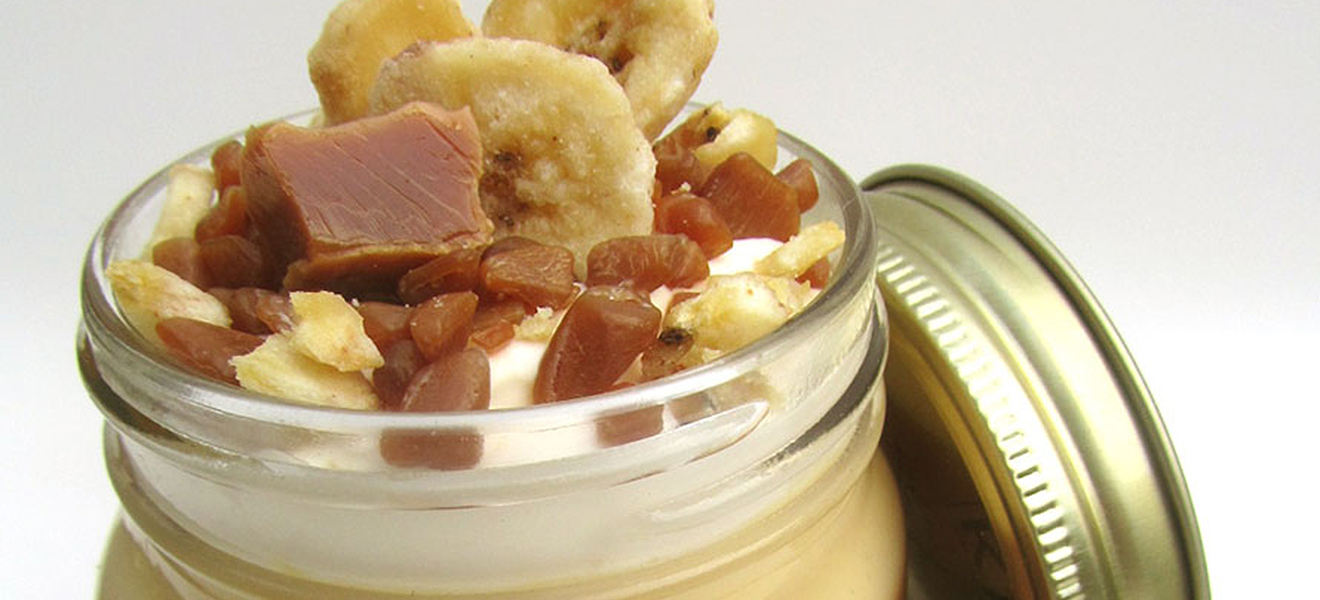 How to make Frances Quinn’s banoffee tumbler trifle
How to make Frances Quinn’s banoffee tumbler trifleTry this delicious pudding from former GBBO winner at your very own candlelit supper and 'Shine for ShelterBox.'
By Country Life
-
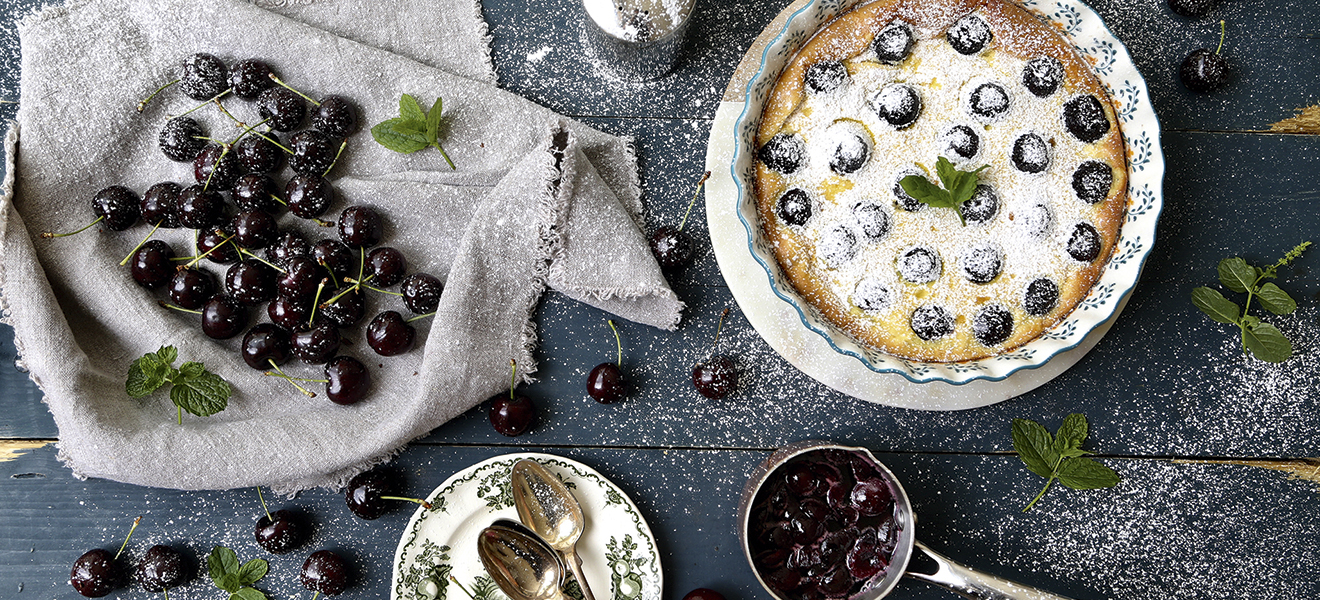 Perfect pud: Cherry clafoutis with kirsch compote
Perfect pud: Cherry clafoutis with kirsch compoteTry this speciality of the Limousin region.
By Melanie Johnson